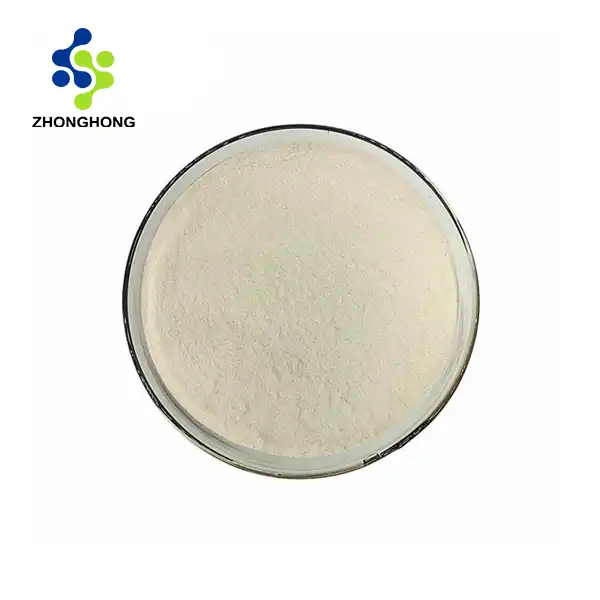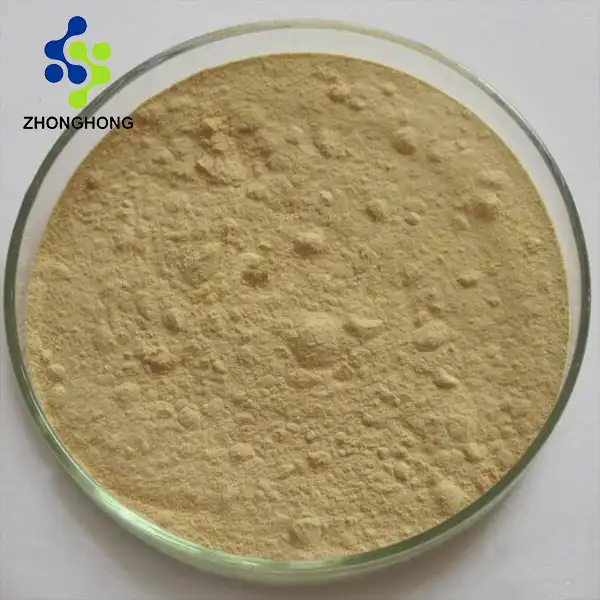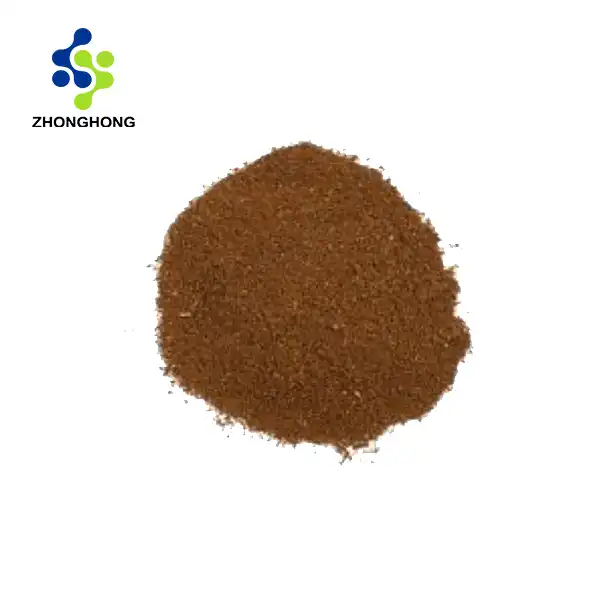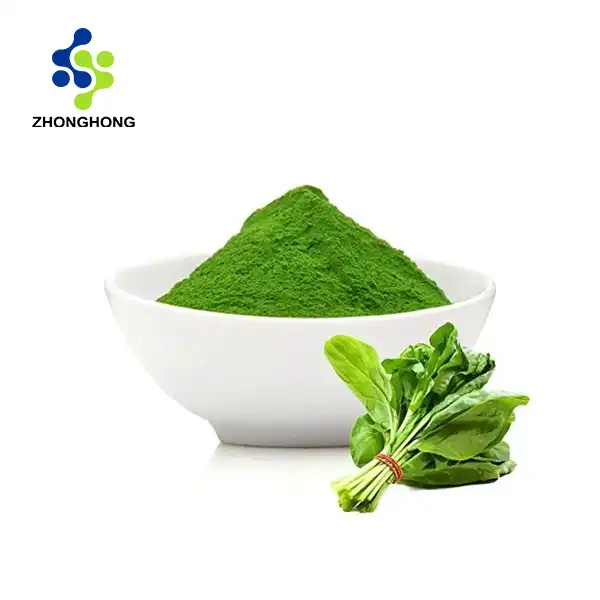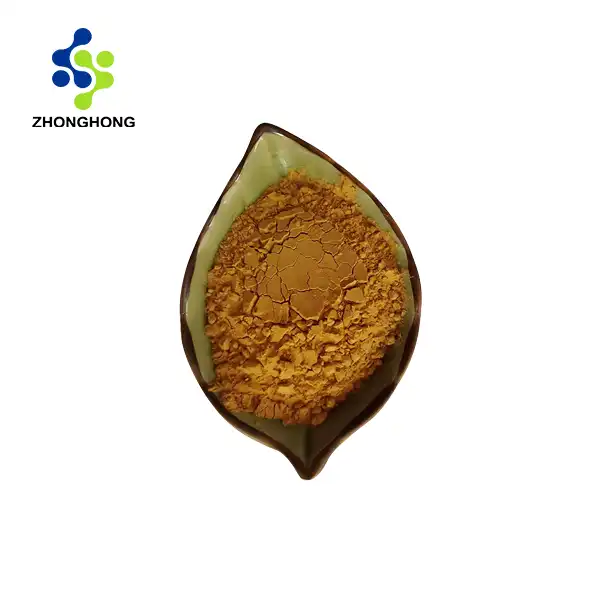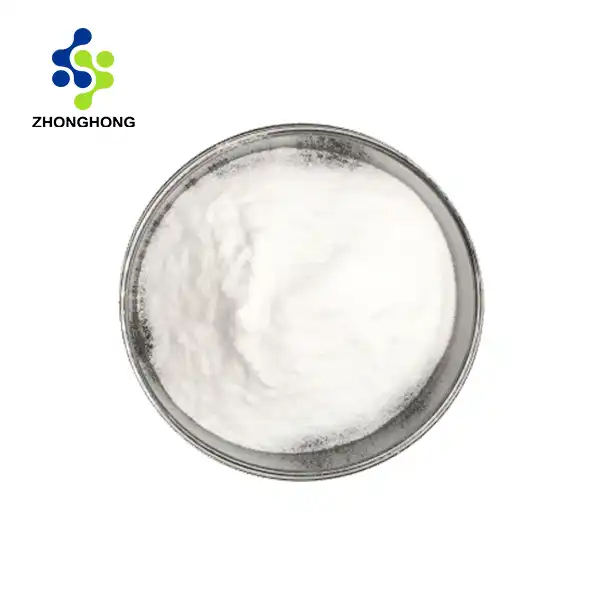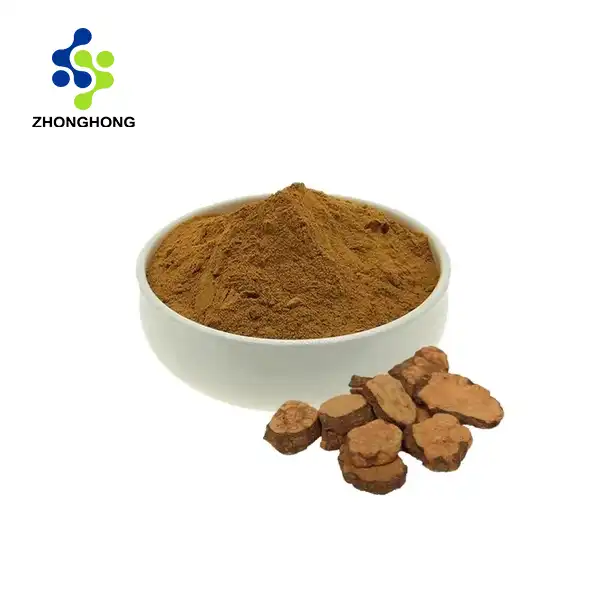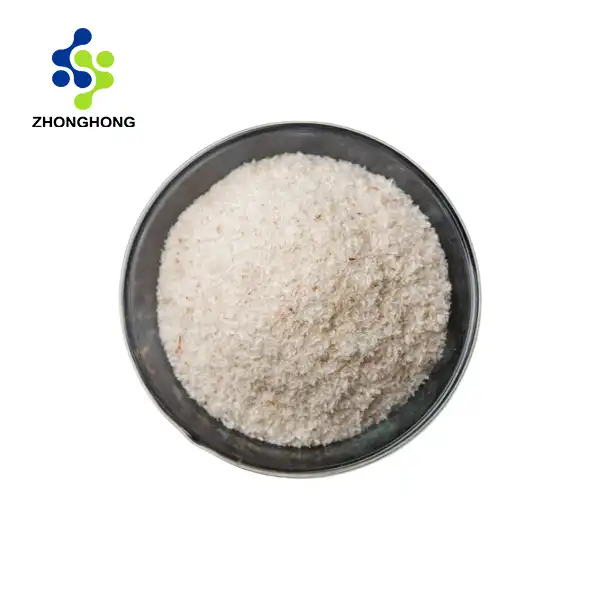Why Sodium Copper Chlorophyllin is a Potent Detoxifier?
Sodium copper chlorophyllin, often simply referred to as chlorophyllin, is a water-soluble form of chlorophyll that has been modified to enhance its stability and bioavailability. This modification allows for better absorption and utilization by the human body, making it a powerful tool for detoxification. The detoxifying properties of chlorophyllin are primarily attributed to its ability to bind with various toxins and potentially harmful compounds in the body. This binding process, known as chelation, helps prevent the absorption of these toxins and facilitates their elimination from the body.
Some key ways in which sodium copper chlorophyllin acts as a potent detoxifier include:
- Heavy Metal Chelation: Chlorophyllin has shown the ability to bind with heavy metals such as mercury, lead, and cadmium. By forming complexes with these toxic metals, it can help prevent their absorption in the gastrointestinal tract and promote their excretion.
- Aflatoxin Neutralization: Aflatoxins are potent carcinogens produced by certain molds that can contaminate foods. Research has demonstrated that chlorophyllin can form tight molecular complexes with aflatoxins, reducing their bioavailability and potential harmful effects.
- Free Radical Scavenging: As an antioxidant, chlorophyllin helps neutralize harmful free radicals in the body. This action not only supports detoxification but also helps protect cells from oxidative damage.
- Liver Support: The liver is the body's primary detoxification organ. Chlorophyllin has been shown to support liver function and may help protect liver cells from damage caused by various toxins.
The unique molecular structure of sodium copper chlorophyllin allows it to interact with a wide range of toxins and pollutants, making it a versatile and effective detoxifying agent. Its ability to support the body's natural detoxification processes can contribute to improved overall health and well-being.
Detox and Cleanse: How It Supports Gut Health
The gastrointestinal tract plays a crucial role in the body's detoxification processes. It's not only responsible for nutrient absorption but also serves as a barrier against harmful substances. Sodium copper chlorophyllin powder can significantly contribute to gut health and support the body's natural cleansing mechanisms.
Here's how chlorophyllin supports gut health and promotes detoxification:
- Prebiotic Properties: Some studies suggest that chlorophyllin may have prebiotic effects, supporting the growth of beneficial gut bacteria. A healthy gut microbiome is essential for proper digestion, nutrient absorption, and overall immune function.
- Intestinal Cleansing: Chlorophyllin can help bind to and remove various toxins and pollutants from the intestinal tract. This cleansing action can help reduce the burden on the liver and other detoxification organs.
- Anti-Inflammatory Effects: Chronic inflammation in the gut can lead to various health issues. Chlorophyllin has demonstrated anti-inflammatory properties, which may help soothe and protect the intestinal lining.
- Odor Control: One of the traditional uses of chlorophyllin has been as an internal deodorant. It can help reduce unpleasant body odors, including those originating from the gut.
- Enhanced Nutrient Absorption: By promoting a healthier gut environment, chlorophyllin may indirectly support better nutrient absorption, ensuring that your body receives the essential nutrients it needs for optimal function.
The gut-supporting properties of sodium copper chlorophyllin make it a valuable tool in any detoxification regimen. By promoting a healthy gut environment, it can enhance the body's natural ability to eliminate toxins and maintain overall wellness.
Best Ways to Use Chlorophyllin Powder for Detox
Incorporating sodium copper chlorophyllin powder into your daily routine can be an effective way to support your body's detoxification processes. Here are some of the best ways to use this powerful compound for detox:
- Morning Detox Drink: Start your day with a detoxifying green drink by mixing a small amount of chlorophyllin powder with water or your favorite juice. This can help kickstart your digestion and support your body's natural cleansing processes.
- Smoothie Booster: Add a serving of chlorophyllin powder to your favorite smoothie recipe. It pairs well with green smoothies and can enhance their detoxifying properties.
- Post-Workout Recovery: Incorporate chlorophyllin into your post-workout routine to help combat exercise-induced oxidative stress and support your body's recovery processes.
- Evening Cleanse: Consider taking chlorophyllin in the evening to support your body's overnight detoxification processes. This can be particularly beneficial for liver health.
- Detox Bath: While not as common, some people add chlorophyllin powder to their bath water for a full-body detox experience. This can be combined with other detoxifying ingredients like Epsom salts.
- Targeted Detox Programs: Chlorophyllin can be incorporated into more comprehensive detox programs, often in combination with other detoxifying herbs and nutrients.
When using chlorophyllin powder for detox, it's important to start with a small amount and gradually increase the dosage as your body adjusts. The optimal dosage can vary depending on individual factors and health goals, so it's advisable to consult with a healthcare professional for personalized guidance.
It's also worth noting that while chlorophyllin is generally considered safe for most people, some individuals may experience mild side effects such as digestive discomfort or green discoloration of urine or feces. These effects are typically harmless and often subside as the body adapts to the supplement.
Conclusion
Sodium copper chlorophyllin powder offers a natural and effective approach to supporting your body's detoxification processes. Its ability to bind toxins, support gut health, and provide antioxidant protection makes it a valuable tool in promoting overall wellness. By incorporating chlorophyllin into your daily routine, you can take a proactive step towards maintaining a healthier, more balanced body in today's toxin-laden world.
Remember, while detoxification supplements like chlorophyllin can be beneficial, they should be used as part of a holistic approach to health that includes a balanced diet, regular exercise, adequate hydration, and stress management. Always consult with a healthcare professional before starting any new supplement regimen, especially if you have pre-existing health conditions or are taking medications. If you want to get more information about this product, you can contact us at liaodaohai@gmail.com.
References
1. Dashwood, R. H. (1997). The importance of using pure chemicals in (anti) mutagenicity studies: chlorophyllin as a case in point. Mutation Research/Fundamental and Molecular Mechanisms of Mutagenesis, 381(2), 283-286.
2. Egner, P. A., Wang, J. B., Zhu, Y. R., Zhang, B. C., Wu, Y., Zhang, Q. N., ... & Kensler, T. W. (2001). Chlorophyllin intervention reduces aflatoxin–DNA adducts in individuals at high risk for liver cancer. Proceedings of the National Academy of Sciences, 98(25), 14601-14606.
3. Ferruzzi, M. G., & Blakeslee, J. (2007). Digestion, absorption, and cancer preventative activity of dietary chlorophyll derivatives. Nutrition Research, 27(1), 1-12.
4. Kumar, S. S., Devasagayam, T. P. A., Jayashree, B., & Kesavan, P. C. (2001). Mechanism of protection against radiation-induced DNA damage in plasmid pBR322 by chlorophyllin. Mutation Research/Fundamental and Molecular Mechanisms of Mutagenesis, 483(1-2), 61-68.
5. Lanfer-Marquez, U. M., Barros, R. M., & Sinnecker, P. (2005). Antioxidant activity of chlorophylls and their derivatives. Food Research International, 38(8-9), 885-891.
6. Yun, C. H., Jeong, H. G., Jhoun, J. W., & Guengerich, F. P. (1995). Non-specific inhibition of cytochrome P450 activities by chlorophyllin in human and rat liver microsomes. Carcinogenesis, 16(6), 1437-1440.
_1728976869676.webp)
